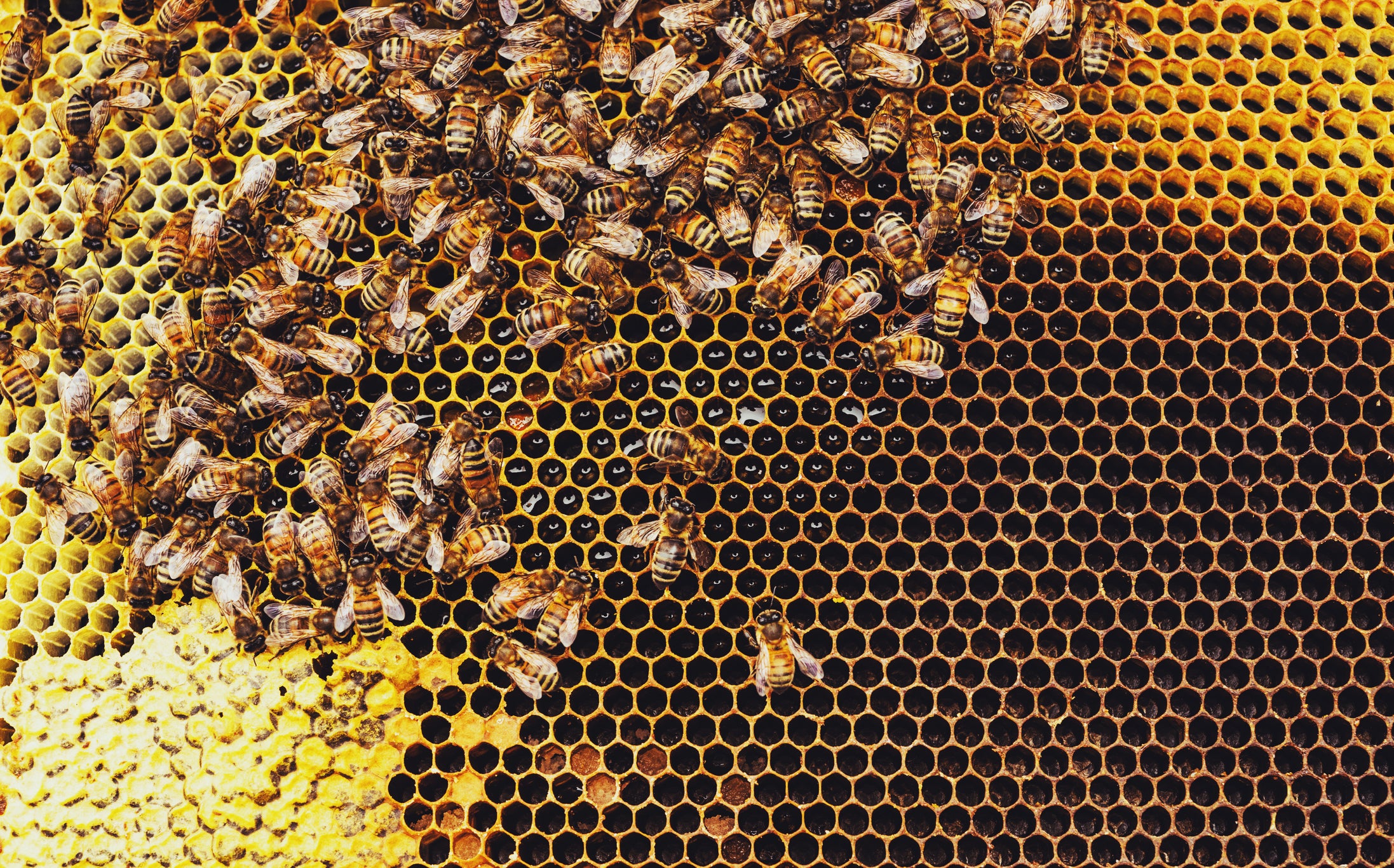Honeybees socially distance when their hive is under threat from parasites, study finds
Insects reduce contact between individuals in response to disease threat, researchers learn

Your support helps us to tell the story
From reproductive rights to climate change to Big Tech, The Independent is on the ground when the story is developing. Whether it's investigating the financials of Elon Musk's pro-Trump PAC or producing our latest documentary, 'The A Word', which shines a light on the American women fighting for reproductive rights, we know how important it is to parse out the facts from the messaging.
At such a critical moment in US history, we need reporters on the ground. Your donation allows us to keep sending journalists to speak to both sides of the story.
The Independent is trusted by Americans across the entire political spectrum. And unlike many other quality news outlets, we choose not to lock Americans out of our reporting and analysis with paywalls. We believe quality journalism should be available to everyone, paid for by those who can afford it.
Your support makes all the difference.Honeybees use social distancing when their hive comes under threat from parasites, researchers have discovered.
A study, led by an international team involving ethologists from UCL, found that honeybee colonies respond to an infestation from a harmful mite by modifying the use of space and the interactions between nestmates to increase the social distance between young and old bees.
Researchers said they believed the bees had evolved to socially distance to reduce the risk of infection spreading within their colony.
Dr Alessandro Cini, co-author of the study, from the UCL Centre for Biodiversity & Environment Research, said: “Here we have provided the first evidence that honeybees modify their social interactions and how they move around their hive in response to a common parasite.
”Honeybees are a social animal, as they benefit from dividing up responsibilities and interactions such as mutual grooming, but when those social activities can increase the risk of infection, the bees appear to have evolved to balance the risks and benefits by adopting social distancing.“
Bees are not the first animal to be observed practising social distancing: baboons are less likely to clean individuals with gastrointestinal infections, and ants infected with a pathogenic fungus relegate themselves to the suburbs of anthill society.
Researchers evaluated if the presence of a particular mite resulted in changes in social organisation, that could reduce the spread of the parasite in the hive.
There are two main compartments to honey bee colonies - an outer one occupied by the foragers, and the innermost compartment inhabited by nurses, the queen and brood.
This segregation leads to a lower frequency of interactions between the two compartments than those within each compartment.
It also allows the most valuable individuals (queen, young bees and brood) to be protected from the outside environment and thus from the arrival of diseases.
Comparing colonies that were or were not infested, the scientists found that one behaviour, foraging dances, that can increase mite transmission, occurred less often in central parts of the hive if it was infested.
They also found that grooming behaviours became more concentrated in the central hive.
The researchers said it appears that overall, foragers (older bees) move towards the edges of the nest while young nurse and groomer bees move towards its centre, in response to an infestation.
Dr Michelina Pusceddu, the lead author from the University of Sassari in Italy, said: ”The observed increase in social distancing between the two groups of bees within the same parasite-infested colony represents a new and, in some ways, surprising aspect of how honeybees have evolved to combat pathogens and parasites.
“Their ability to adapt their social structure and reduce contact between individuals in response to a disease threat allows them to maximise the benefits of social interactions where possible, and to minimise the risk of infectious disease when needed.
”Honeybee colonies provide an ideal model for studying social distancing and for fully understanding the value and effectiveness of this behaviour.“
The study involved researchers from UCL, the University of Sassari, the University of Turin and the Martin Luther University Halle-Wittenberg in Germany. The findings are published in the journal, Science Advances.
Additional reporting by PA
Join our commenting forum
Join thought-provoking conversations, follow other Independent readers and see their replies
Comments